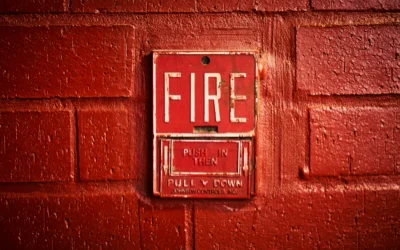A Brief History of the IARC Monographs Program
The International Agency for Research on Cancer (IARC) was established in 1965 to address growing concerns about carcinogenic risks. In 1970, an advisory committee recommended creating a compendium on carcinogenic chemicals. This led to the birth of the IARC Monographs program in 1971, initially titled “monographs on the evaluation of carcinogenic risk of chemicals to man.” The program has evolved over time, refining its focus and methodology to better serve public health needs.
The Latest IARC Monograph: Firefighters and Cancer Risk
In June 2022, a Working Group of 25 international experts convened to evaluate the carcinogenic risks associated with firefighting. This comprehensive study involved analyzing data from hundreds of thousands of firefighters worldwide.
Key Findings:
- Sample Size: The study included 323,789 participants from high-quality studies, with an additional 158,287 from studies of questionable quality.
- Methodology: The Working Group employed a rigorous approach, including systematic reviews, meta-analyses, and pooled analyses of epidemiological studies, animal bioassays, and mechanistic data.
- Exposure Factors: Firefighters are exposed to various carcinogens, including polycyclic aromatic hydrocarbons (PAHs), volatile organic compounds (VOCs), and particulate matter from different types of fires.
Cancer Risks for Firefighters
The monograph identified several organs at higher risk for cancer among firefighters:
- Prostate: Linked to exposure to arsenic, cadmium, and night shift work.
- Colon: Influenced by physical activity, tobacco smoking, alcohol consumption, and night shift work.
- Mesothelioma: Associated with asbestos exposure.
- Skin (Melanoma): Related to solar radiation and PCB exposure.
- Blood (Non-Hodgkin Lymphoma): Connected to PAHs in combustion products, benzene, and infections.
Beyond Cancer: Other Health Risks for Firefighters
Firefighters also face increased risks of:
- Chronic respiratory diseases
- Cardiovascular diseases
- Mental health issues
These risks stem from intense physical exertion, exposure to toxic substances, and high-stress work environments.
Implications and Future Directions
The IARC monograph emphasizes the critical need for:
- Enhanced protective measures and regulations to mitigate exposure risks
- Continued monitoring and evaluation of firefighters’ health
- Consideration of both occupational and lifestyle factors in health assessments
This groundbreaking study underscores the importance of recognizing and addressing the occupational hazards faced by firefighters. As our understanding of these risks grows, it’s crucial to implement stronger safety measures and provide comprehensive healthcare support for these essential workers.





0 Comments